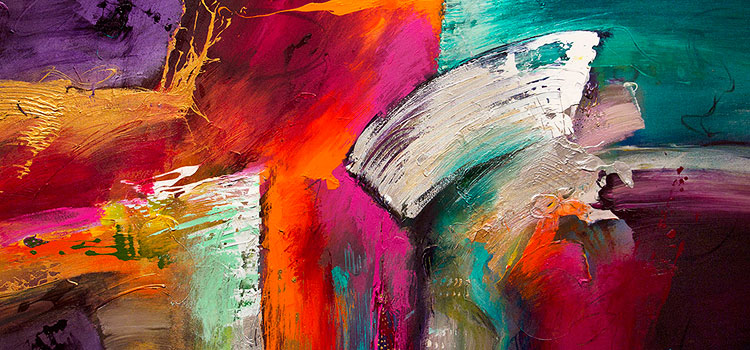
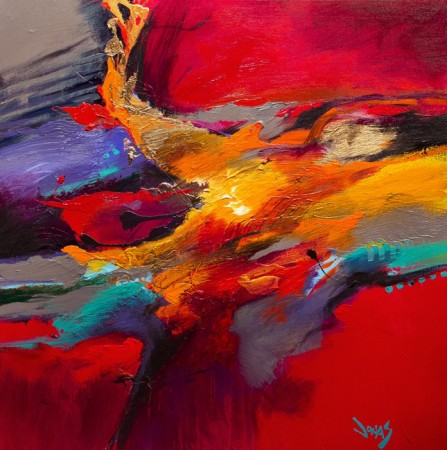
For centuries, artists have reproduced their artwork in order to offer a range of styles and affordable images in a variety of sizes to collectors. Jonas Gerard offers giclee prints of his Abstracts, Landscapes, Hearts and Vintage images in his gallery and online at jonasgerardprintstore.com.
The jaw dropping, awe inspiring, breathtaking collection of Jonas’ giclee prints shows his range, power and virtuosity across a vast array of work done over a period of years. For those on a budget, being able to buy prints is an easy way to start collecting art. One advantage to buying prints is that there is less up front financial investment, and artwork can be collected and rotated as tastes mature.
Another advantage of Jonas’ distinctive style being offered in prints is that pieces can be purchased, collected and exhibited in ensemble groupings from various periods in his career –and the images relate beautifully together in a home or office -for much less than the cost of buying one original painting.
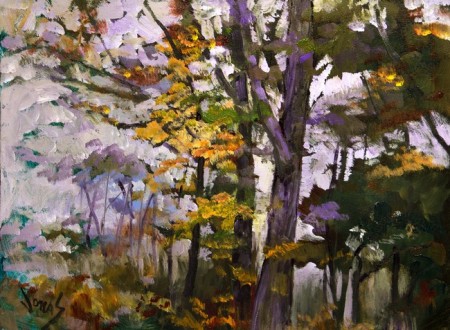
Seeing so many spectacular images presented together in Series’ may overwhelm some viewers initially, but viewed together, they offer a tremendous window through which the rich expanse of Jonas’ talent can be appreciated.
A closer look provides great insight into the evolution of Jonas’ oeuvre and accomplishments artistically, over the years. He has moved back and forth through painting still life, landscape, city street scenes with figures to completely non representational imagery-which are magnificent creative abstractions experimenting with light and color.
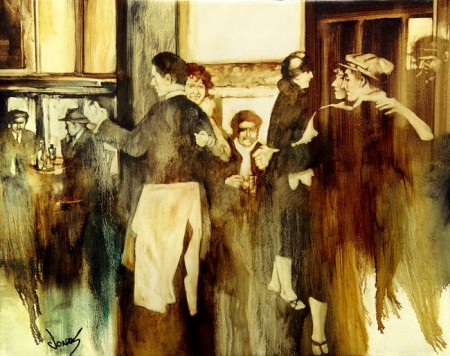
“Cafe Dancing” by Jonas Gerard
Many artists today reproduce their paintings as giclee prints (pronounced “gee-clay” and sometimes commonly referred to as “Art Prints”) because this is the current state of the art printing technique for creating accurate copies of paintings on demand, with superlative color accuracy, and clarity.
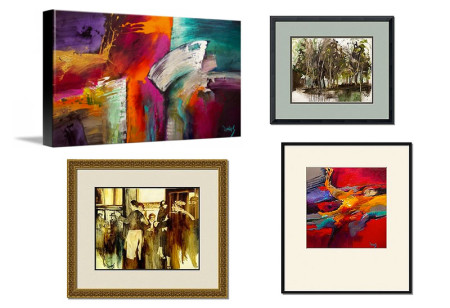
Giclee prints are available as stretched canvas
or with a wide variety of mat and frame options
Giclee printing captures textures and patterns and subtle variations in tones and values that were previously much more difficult, if not impossible to replicate.
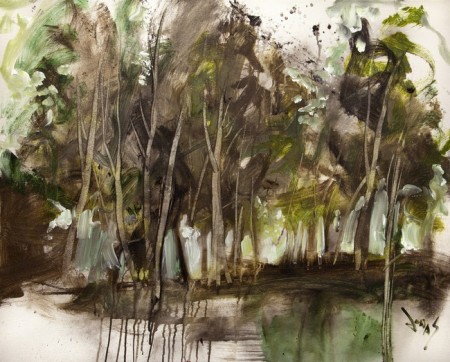
“Sylvan Enchantment #1” by Jonas Gerard
The word, “giclee” (also spelled giclée) is French, which literally means “to spray”. The archival printing inks that are used to create giclee prints are literally sprayed onto canvas or paper one by one, in layers, thus binding to the substrata, providing sensational color.
Giclee printing affords contemporary artists like Jonas Gerard the opportunity to reproduce their work on canvas as well as on fine printing papers, such as Hahnemuhler german etching paper, which Rembrandt is said to have used. Another advantage of Jonas’ distinctive style being offered in prints is that pieces can be purchased, collected and exhibited in ensemble groupings from various periods in his career –and the images relate beautifully together in a home or office -for much less than the cost of buying one original painting.
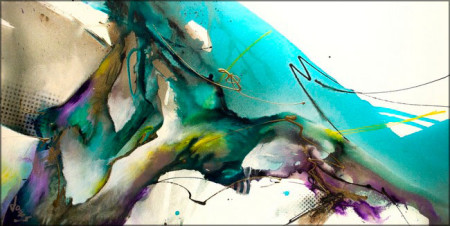
Trust The Flow
Other printing papers are available today as well, some with decolage edges, others with perfectly trimmed edges, some more textured like 300 lb. watercolor paper, while still others are completely smooth, but the overarching requirement for producing fine giclee prints on paper is that they are reproduced on archival, acid free paper that will last two hundred years, and not deteriorate with time due to residual acids that are found in many other paper products.
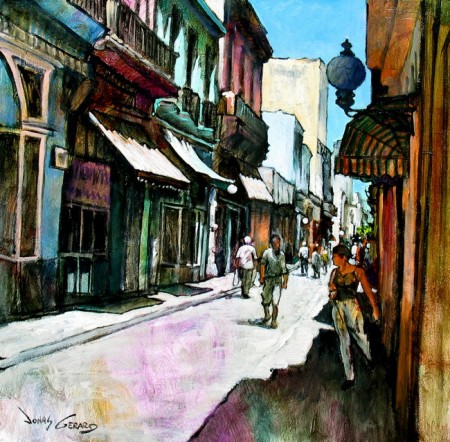
Habana Vieja #10
Actual printing of giclees is achieved through the use of large scale, high quality computer printers, capable of handling canvas or paper. Epson, HP, and others make theses. First, however, the artist’s work has to be photographed by a skilled photographer using a good digital camera for high resolution imagery.
It is important too, that paintings be well lighted, to dramatically highlight the range of lights and darks, in order to capture textures in the paint. The larger the desired image, the higher the resolution is needed, so that if a painting image is blown up larger than it’s original size, the image will remain sharp and crisp with textures clearly evident.
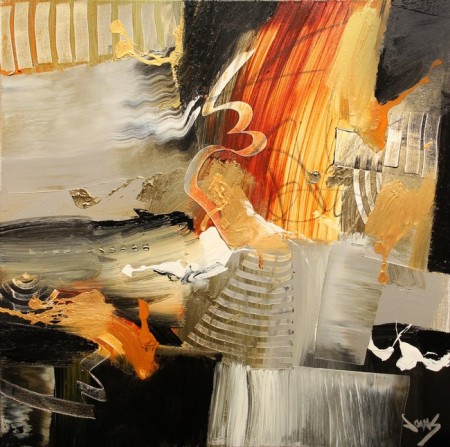
Golden Force #71
In the past, artists such as Picasso reproduced paintings through complex, expensive lithographic processes, and before that, serigraphs or silkscreen printing were popular methods. Before that, etchings were created by artists, from Rembrandt, to contemporary artists working in the present, who are still producing mezzotints, and experimenting with etching techniques.
Ethchings are created by tedious processes of carving linear images into metal plates, bathing them in acid, then repeatedly inking and printing the metal plates images onto fine printing papers, such as Hahnemuhler paper which Rembrandt and other 16th centrury artists employed.
In the case of lithography as the method artists used to have prints made of their paintings, large quantities of a given image, perhaps 5000 or more per printing were required. Often, if artists…even those whose works sell well, selected a painting to reproduce that was not the most popular in his oeuvre, he might sell some of those print images, but many times artists could end up with an art gallery full of hundreds of unsold prints, due to having printed so many at one time.
Jonas Gerard’s exciting giclee prints whether Abstract, Landscape, Heart themed or Vintage are available as giclee prints at Image Kind, Great Big Canvas, and Fine Art America.





Woods says:
Check that off the list of things I was counfsed about.
Ramin Far Azin says:
Wow what a lovely blog 🙂 You explained everything so beautifully ….Thanks for the blog .